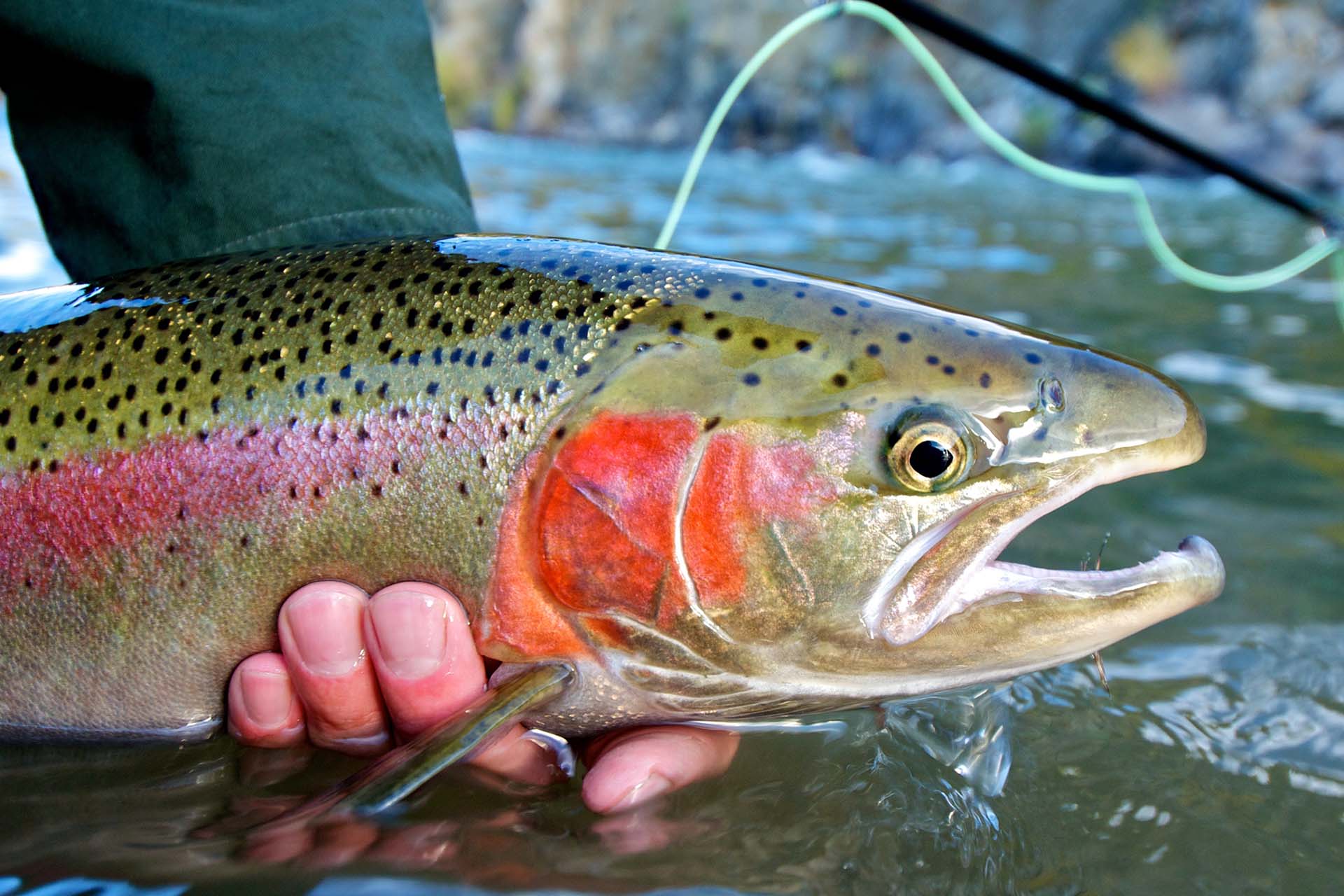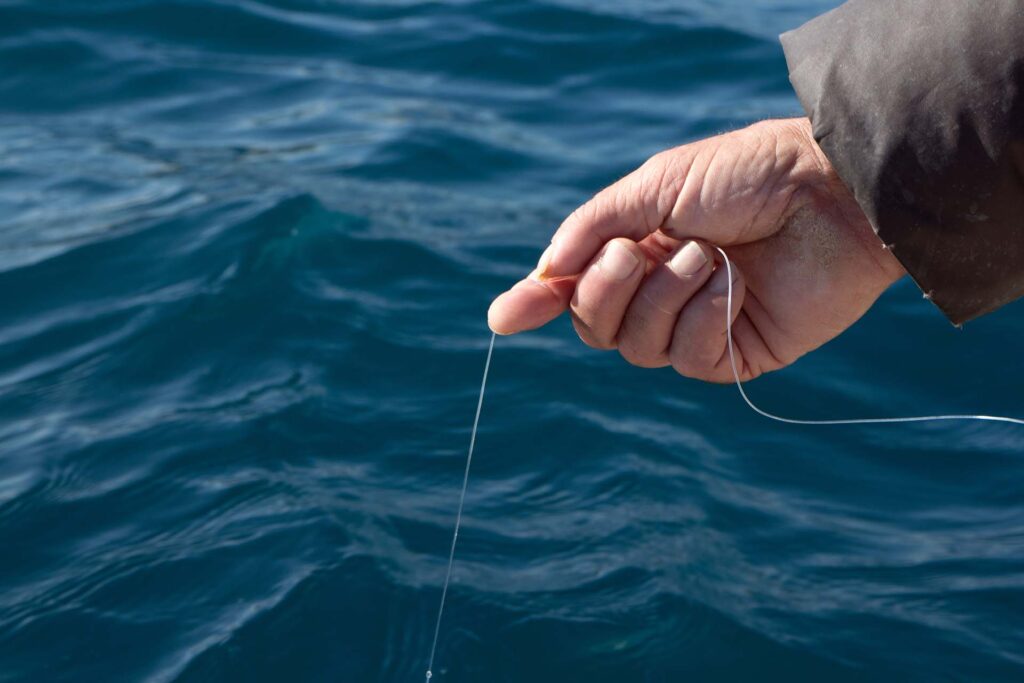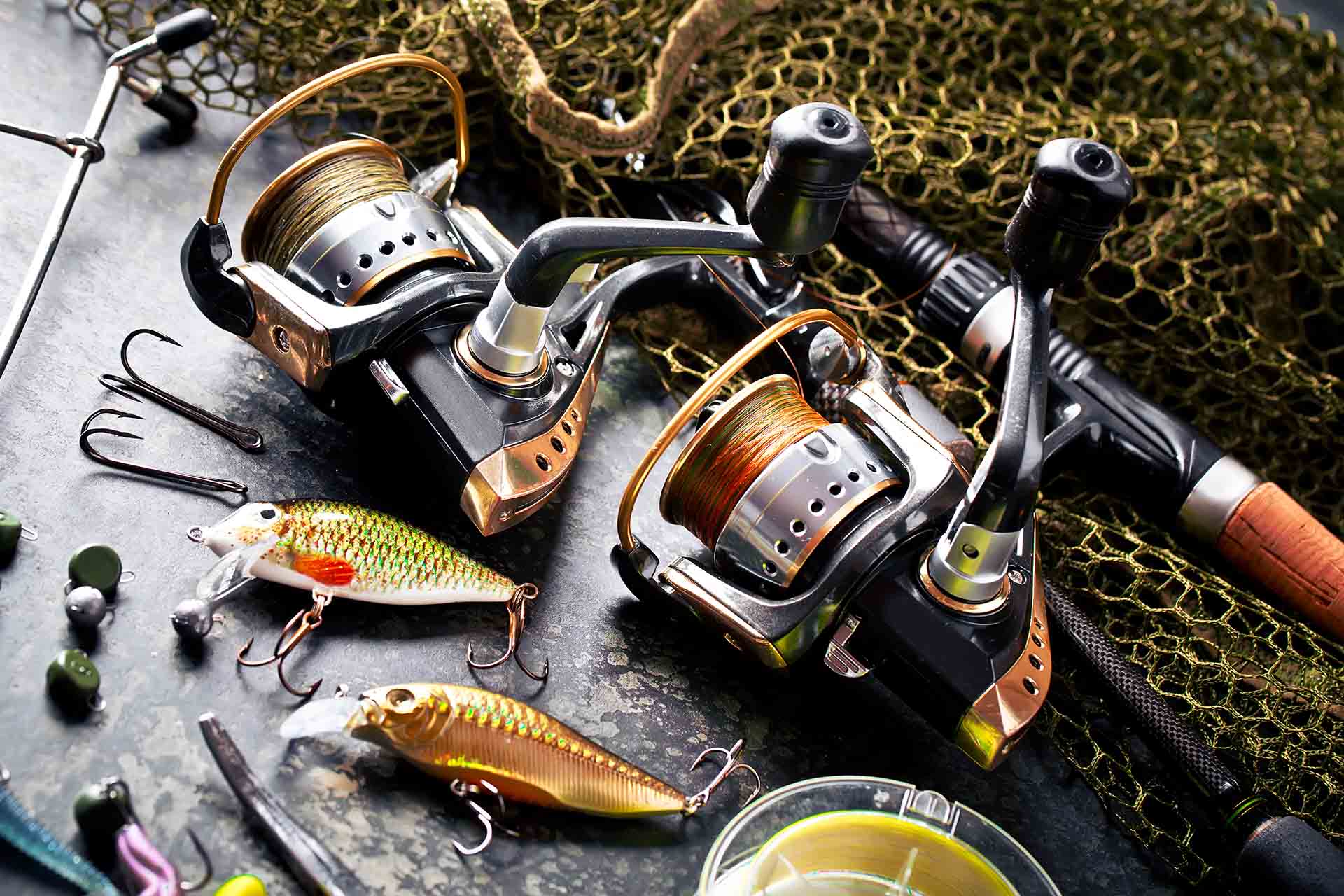Welcome to our ultimate guide on how to catch sunfish! Whether you’re a beginner or a seasoned angler, this material will be your go-to resource for mastering the art of catching these vibrant and popular freshwater species. Get ready to dive into tried hacks and expert advice that will transform your angling game and make every cast count. Let’s embark on this exciting adventure together.
How to Catch Sunfish
To catch sunfish, use light fishing gear with small hooks and thin lines to match their small mouths. Try using live bait like worms or small artificial lures such as jigs or spinners. Cast near underwater structures or vegetation where sunfish hide, and be patient for the gentle bite. Handle them gently and release them safely to preserve their populations.
If you are not sure how to catch a sunfish we stand ready to guide you through this delightful and popular angling activity in detail. We will delve into understanding these vibrant species, their habitats, best baits and rods, and why they captivate anglers.
Discover the secrets to finding the perfect angling spot and the most effective techniques to ensure a successful catch. Finally, we emphasize the importance of handling them carefully and respecting the fish and its environment.
How to Catch Redear Sunfish
Catching redear sunfish, also known as shellcrackers, is a unique and enjoyable fishing experience. These fish, famous for their preference for snails and clams, thrive in warm, calm waters with abundant vegetation.
The key to success lies in using the right bait – small worms, snails, or even artificial jigs work wonders. Light fishing gear is ideal, allowing a delicate presentation.
Cast near underwater structures or vegetation, as redears often hide in these areas. Patience is crucial. So, wait patiently for the gentle tug. Once hooked, a steady hand is needed to reel them in, making the catch a rewarding experience for any angler.
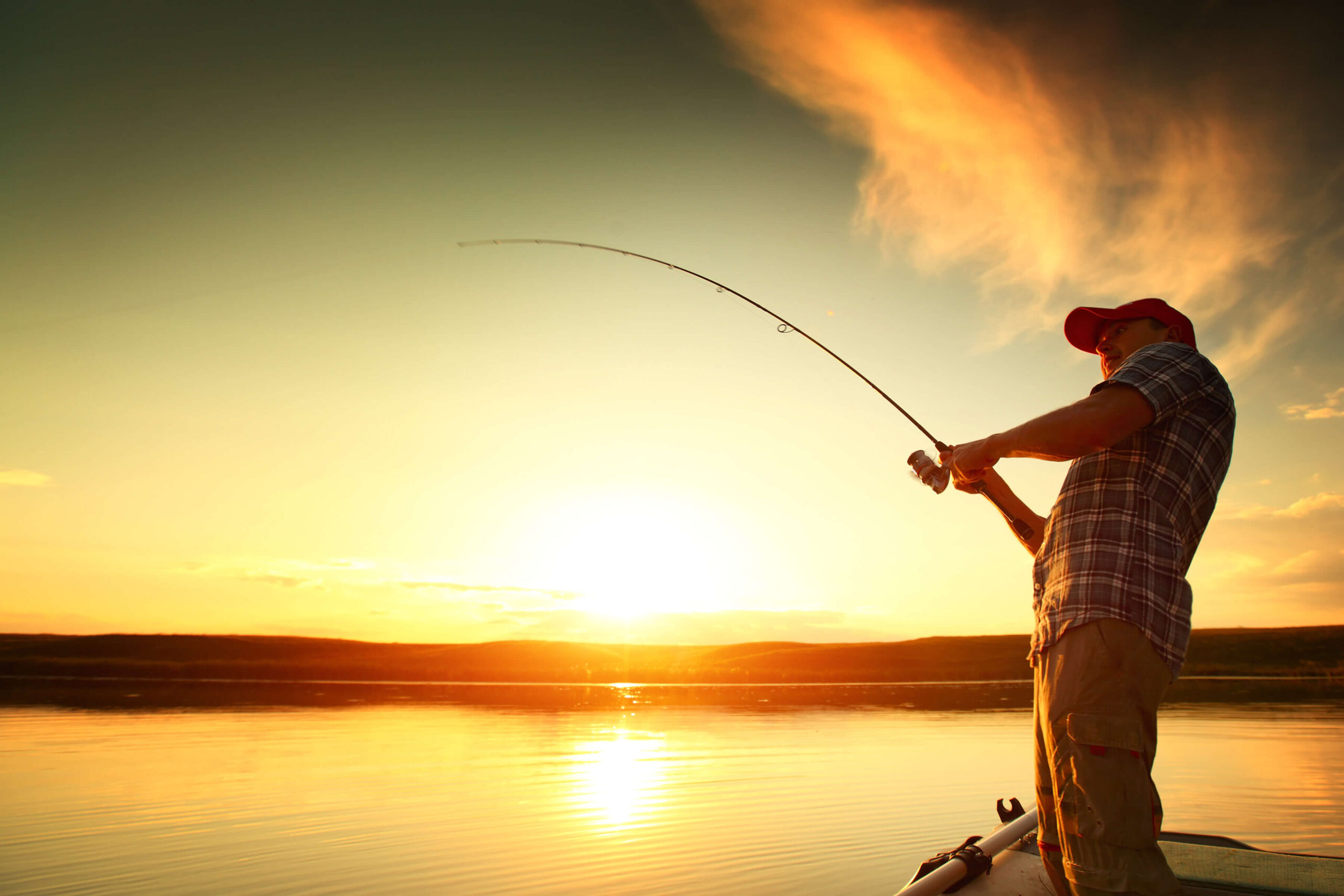
Getting to Know Sunfish Is a Must
This is a diverse group of freshwater fish, favored for their vibrant colors and unique behaviors. This family includes several species, each with distinctive habits and habitats.Common types include:
- Bluegill,
- Pumpkinseed,
- Warmouth,
- Flier,
- White and black crappie,
- Spotted, rock, smallmouth, and largemouth bass,
- Shellcracker.
They are known for their flat, round bodies and striking patterns. These species generally inhabit warm, slow-moving, or still waters such as ponds, lakes, and slow rivers. They often seek shelter among weeds or other submerged structures.
Understanding their behavior is crucial if you want any success while on water. These species are typically opportunistic feeders, with diets ranging from insects and larvae to small crustaceans. They are most active during dawn and dusk, making these ideal times for fishing.
Sunfish spawn in late spring and early summer, often nesting in colonies in shallow waters, which presents an excellent opportunity for anglers. Their tendency to stay near the water’s surface and close to shore also makes them an accessible target, especially for beginners. So, if you want to make a catch, you’ll have to adapt to their environment and habits.
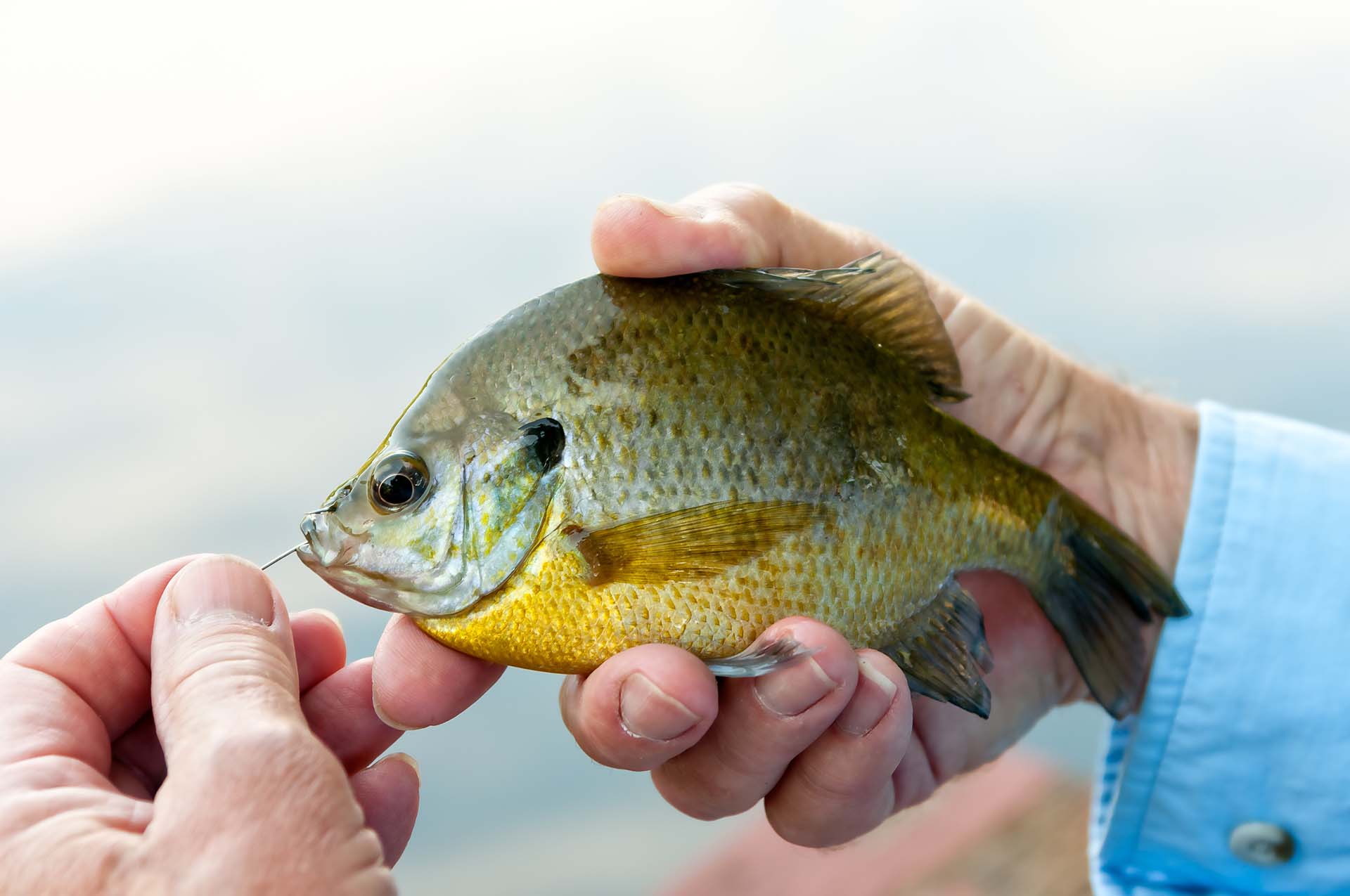
Gather all the Essential Gear for Sunfish Fishing
Having the right gear can be a complete game-changer. The correct equipment not only increases your chances of a successful catch but also enhances the overall angling experience. Let’s dive into tackle recommendations for sunfish and what makes for the ideal setup in this case.
Select the Right Rods and Reels
For sunfish, a light to ultralight rod is ideal, offering the sensitivity needed to detect the light bite of these smaller fish. Pair this with a simple, lightweight spinning reel for a balanced setup. This combination allows for precise casting and an enjoyable fight when the catch is hooked.
Explore Different Types of Angling Lines and Hooks
The line choice should match your rod and reel setup. A thin, 2-6 pound test line is typically sufficient, providing both strength and subtlety.
Smaller hooks, sizes 6-10, are recommended as this species has small mouths. Consider using barbless hooks for easy release and minimal harm to the fish.
Discover the Best Bait and Lures for Attracting Sunfish
They aren’t overly picky, but using the best bait for sunfish can make a significant difference. Live baits such as worms, crickets, or small minnows are highly effective.
For artificial lures, small spinners or jigs can attract attention. The key is to mimic the small insects and invertebrates that form the natural diet of this species.

Finding the Perfect Spot Can Make All the Difference
Locating the sunfish habitats and spots is a crucial stage of your angling trip, as they are known for their specific preferences. They thrive in a variety of water bodies, often favoring areas with ample vegetation and structures like logs or rocks where they can find food and shelter.
Also, this species is most active in warmer waters, typically in late spring and summer. Weather patterns also play a significant role, with overcast days often leading to more active feeding.
However, if you want to maximize your chances of making a catch, it’s beneficial to tap into local knowledge. Consulting with local anglers, bait shops, or fishing forums can provide invaluable insights into the best fishing spots. Moreover, exploring maps and angling apps can help identify promising locations.
Explore Different Techniques for Catching Sunfish
Mastering various angling techniques can significantly enhance your whole experience. Each method offers unique challenges and joys, allowing anglers to adapt to different conditions and preferences. Whether a novice or a seasoned fisherman, understanding and applying different techniques can make your time on the water more productive and enjoyable.
Bobber Angling - Setup and Tips for Success
Bobber angling is a classic and effective way to catch this species. It’s simple! Get a bobber, a small hook, and a piece of worm. The bobber helps detect bites, making it ideal for beginners or relaxed fishing days.
The key is to adjust the depth until you find where the fish are feeding. This method allows a relaxing yet exciting way to angle, as the thrill of seeing the bobber dip never gets old.
Light Tackle Techniques for a More Engaging Experience
Using light tackle enhances the whole angling game, making even small fish feel like a significant catch. This technique involves using lightweight rods, small hooks, and thin lines, providing a more sensitive and engaging experience. It requires more skill to successfully hook and reel in the fish, offering a satisfying challenge for those looking to refine their angling skills.
Fly Fishing Gear and Technique Recommendations
Fly fishing for sunfish can be incredibly rewarding. This technique involves using a fly rod and artificial flies to mimic the insects this species feeds on.
Key recommendations include using a lightweight fly rod and practicing casting to present the fly naturally on the water. Sunfish are eager to bite small, brightly colored flies, making fly fishing a visually exciting and effective approach to catching these vibrant species.
Best Practices for Handling and Conservation in Sunfish Fishing
Proper handling and conservation practices are essential for sustaining sunfish populations and preserving their environment. When practicing catch-and-release, it’s important to handle this species gently.
Use wet hands to avoid removing their protective slime coating. Carefully remove the hook using pliers if it’s deeply embedded. If taking a photo, hold the fish horizontally and support its body to prevent injury. Quick, gentle release back into the water is crucial.
Emphasizing conservation, anglers should respect size and bag limits, and avoid fishing during spawning periods to protect future populations. Using barbless hooks (for example Owner 4106) and avoiding areas with heavy nesting can further reduce harm to sunfish and their habitats.
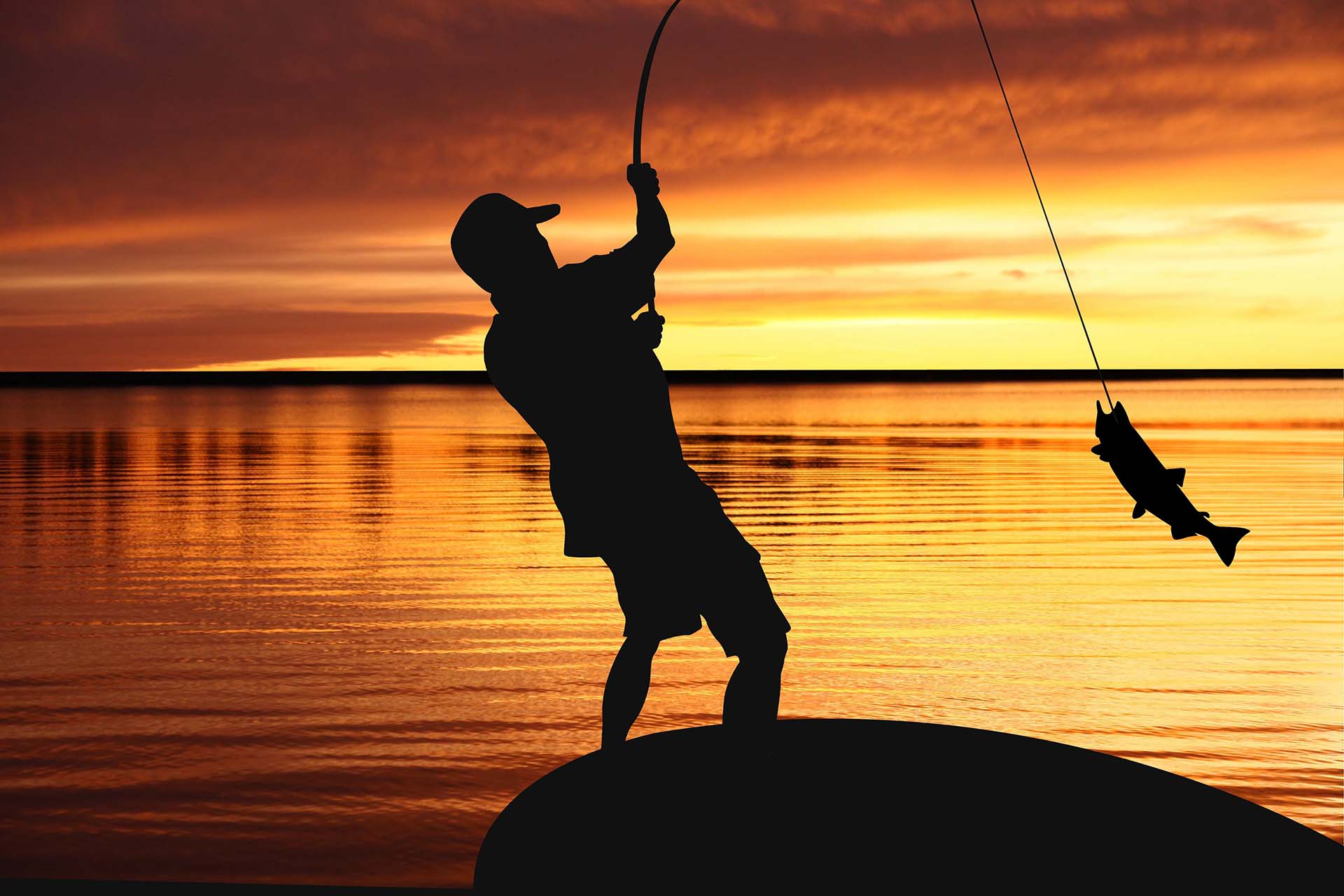
Enjoy Some Advanced Tactics and Seasonal Strategies
Adapting your angling techniques to the changing seasons and weather conditions can greatly enhance your success in making a catch. In spring and early summer, focus on shallow areas where these species spawn.
As water temperatures rise, shift to deeper, cooler waters. Pay attention to weather patterns as well. They are often more active on overcast days or after rain. Seasoned anglers often recommend varying their bait and lures, experimenting with colors and sizes to see what they are responding to on any given day.
Keeping an angling journal can help track successful strategies and patterns. Also, don’t forget the power of local knowledge. You can always talk to fellow anglers or visit local bait shops to get tips on what’s working in the current season and conditions.
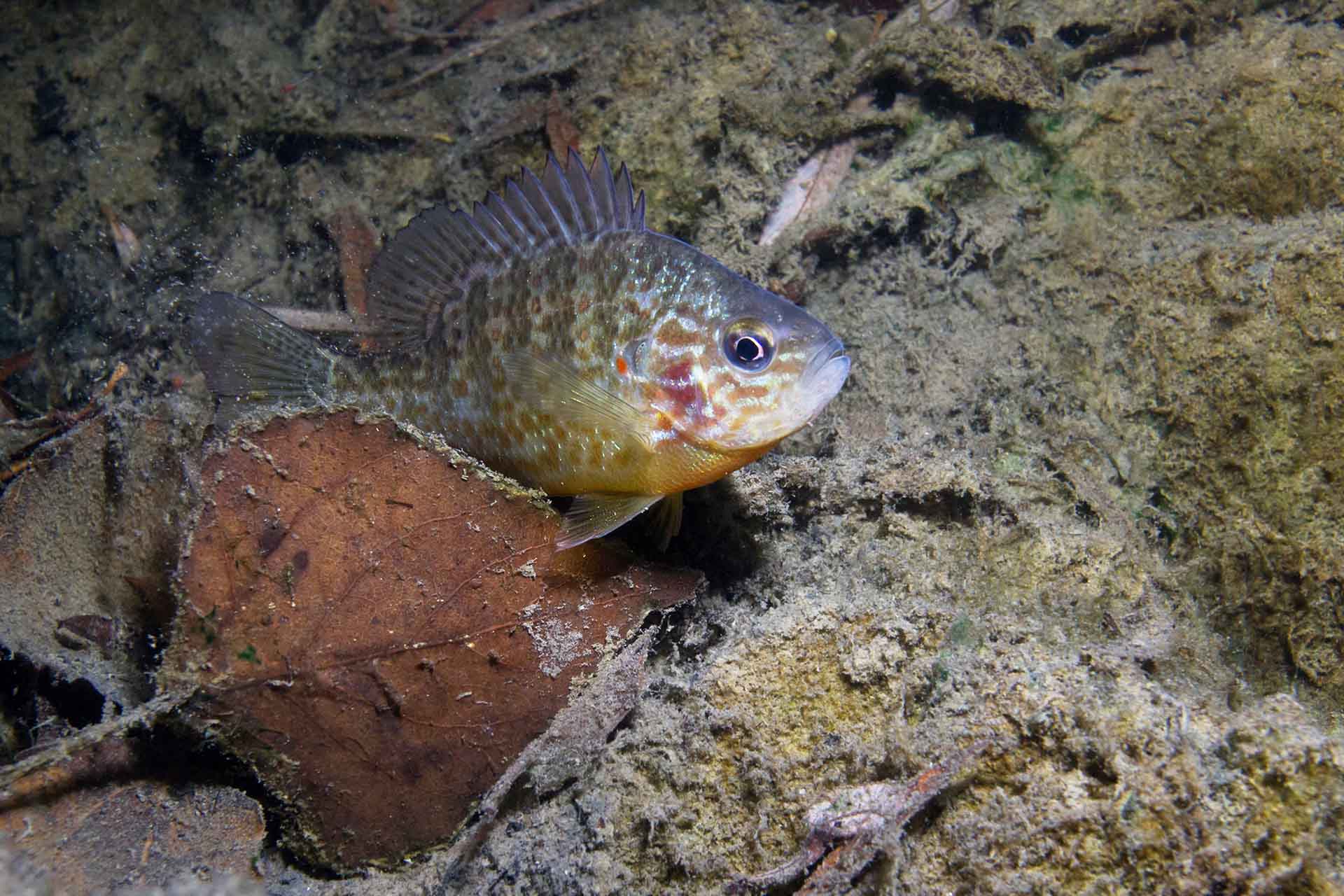
Reeling in Success With Our Helpful Insight
As we conclude our journey through the captivating world of sunfish angling, remember that each cast is an opportunity to connect with nature and refine your skills. Armed with knowledge about their habits, the right gear, and adaptable techniques, you’re well-equipped for many rewarding days by the water.
Embrace the lessons of each fishing trip, cherish the serene moments, and celebrate your catches, big or small. So, grab your gear, apply what you learned here today, and head to your nearest lake or pond.
Frequently Asked Questions
What Is the Best Time of Day to Catch Sunfish?
They are most active and easiest to catch during the early morning and late afternoon hours. These periods, known as dawn and dusk, are when these species typically feed, making them more likely to bite. However, they can be caught throughout the day, especially in shaded or sheltered areas.
Can Sunfish Be Caught in Any Type of Freshwater Body?
They are adaptable and can be found in a variety of freshwater environments, including lakes, ponds, rivers, and streams. They prefer areas with plenty of cover, like aquatic vegetation, fallen trees, or underwater structures. While they’re widespread, some bodies of water may offer better chances due to factors like food availability, water temperature, and shelter.
Is Special Equipment Needed for Sunfish Fishing?
This species can be caught with basic fishing gear. An ultralight or light-action rod paired with a simple spinning reel is ideal. Use small hooks (size 6 to 10) and light lines (2-6 pound test) to match the smallmouth and light bite of sunfish.
As for bait, live worms, crickets, or small artificial lures work well. This setup is not only effective but also makes the experience more enjoyable, especially for beginners.



